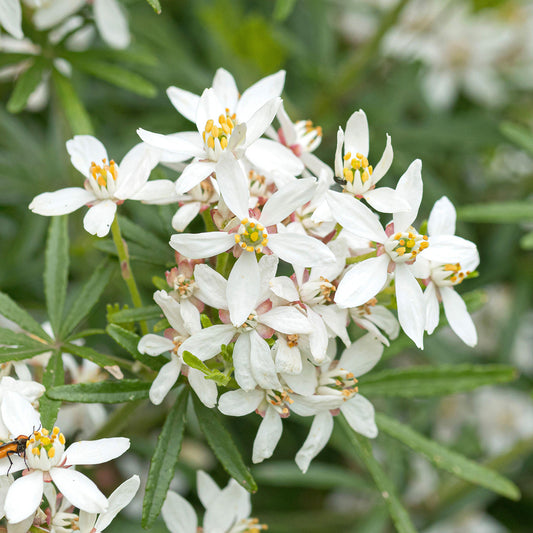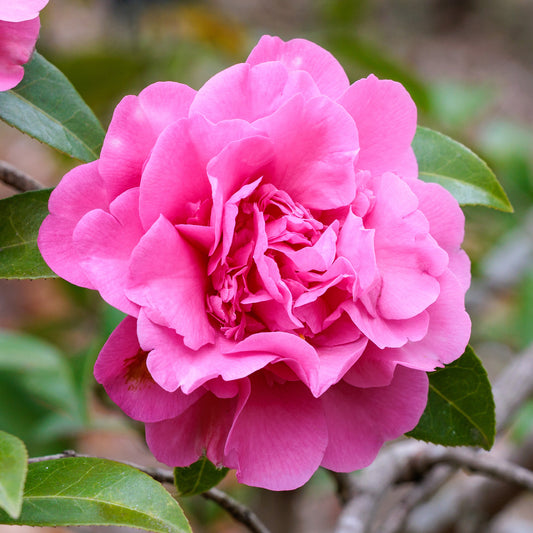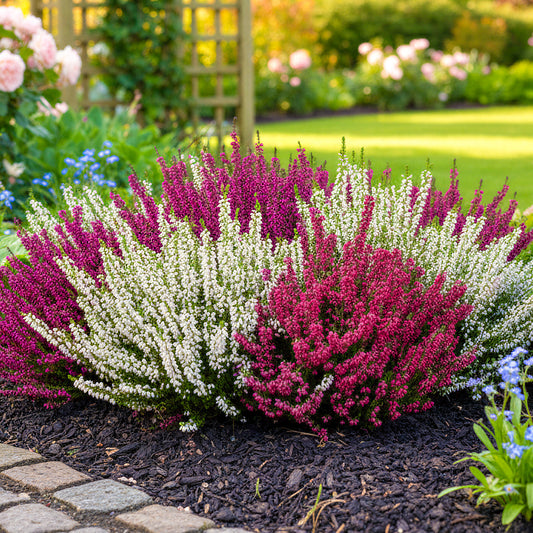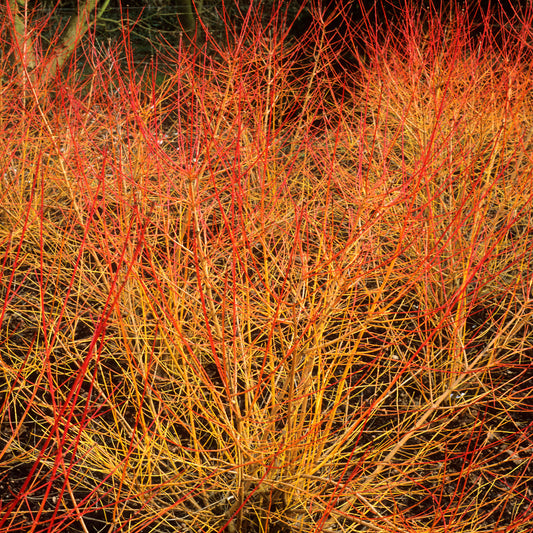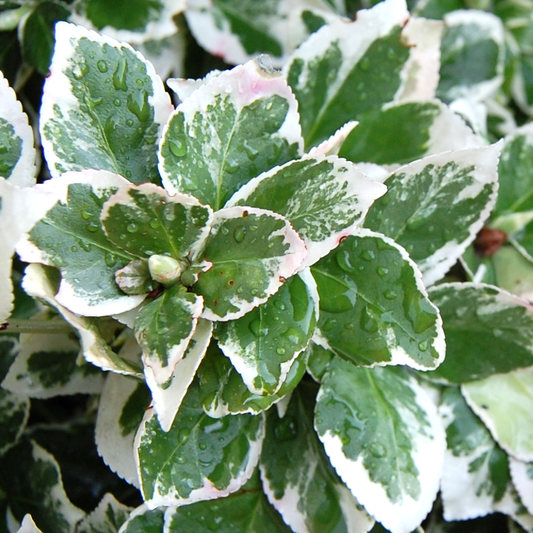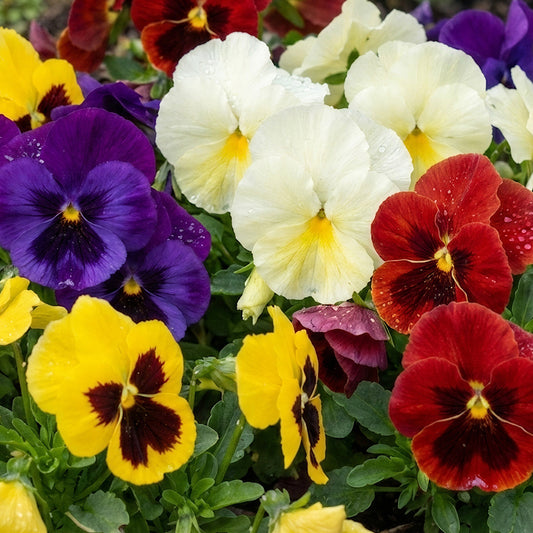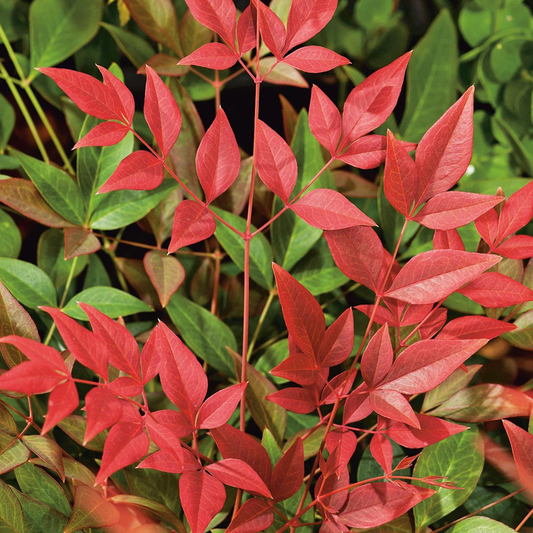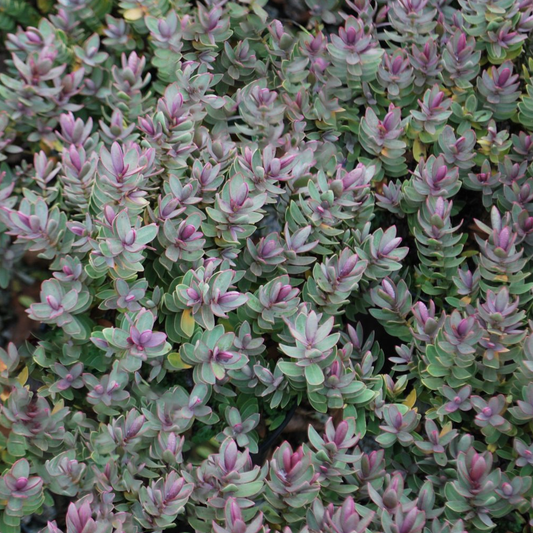Product description
Erysimum × marshallii, commonly known as the Siberian Wallflower, is a delightful perennial that brings a fiery touch to spring gardens. Its coarsely toothed green leaves provide a lush backdrop to the spicy-scented, vivid orange flowers that bloom in short racemes. This vibrant display not only adds visual appeal but also fills the air with a pleasant fragrance, making it a favourite among gardeners.
Reaching up to 60 cm in height and spreading approximately 50 cm, this compact plant is ideal for various garden settings, including coastal, cottage, and informal gardens. It thrives in poor to moderately fertile, well-drained soils with a neutral to alkaline pH and requires full sun to flourish. Its hardy nature and minimal maintenance needs make it a practical choice for both novice and experienced gardeners.
Beyond its striking appearance, the Siberian Wallflower plays a vital role in supporting local ecosystems by attracting bees and other pollinators. Its extended blooming period ensures a continuous source of nectar, promoting biodiversity in the garden. Additionally, the plant's spicy-scented flowers enhance the sensory experience, making it a valuable addition to any outdoor space.
Please Note: Images are for illustrative purposes only and designed to be a representation of the item(s) being sold. Depending on seasonality, deciduous plants may be supplied in their dormant state and without leaves. Plants may also be pruned back, lower than stated heights, to encourage new growth. This plant will be supplied in a growers pot.
Garden Plant Size Guide

Plants in larger pots can be multiple years older than their smaller counterparts with more mature root systems and foliage. This makes them able to thrive as a full size plant in your garden quicker than smaller alternatives.
The most common size of pot that garden plants come in are 9cm/1L/3L/5L this is in reference to the diameter at the top of the pot.
9cm potted plants still remain the most popular cost effective option though, they just may take a little patience to allow them to grow into full maturity once planted in your garden.
Plant specs, care guide & tips
Key features
Specifications
When to plant
| Jan | Feb | Mar | Apr | May | Jun | Jul | Aug | Sep | Oct | Nov | Dec |
|---|---|---|---|---|---|---|---|---|---|---|---|
Planting and period of interest times are general guidelines and may vary based on your location and conditions. For best results, consult local gardening resources.
Instructions
Top Tip
Deadhead regularly to extend blooming and prevent self-seeding. Erysimum thrives in poor to moderately fertile soils.
How to Water
Water newly planted Erysimum regularly until established. Afterward, water moderately, allowing the soil to dry out slightly between waterings, as they prefer not to sit in wet soil.
How to Plant
Plant Erysimum in well-drained soil in a sunny location. Dig a hole large enough for the root ball, place the plant, and backfill with soil. Ensure good air circulation to prevent disease. Water well after planting.










